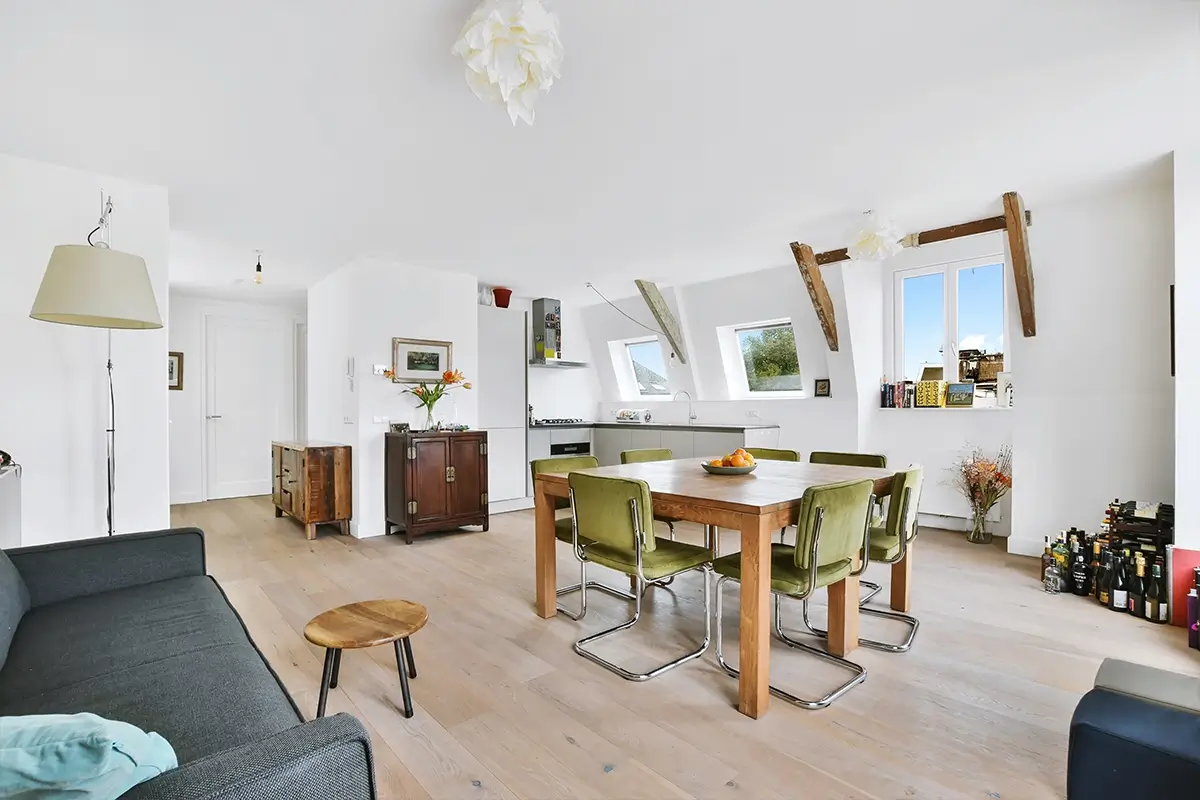Garage additions can offer a substantial boost to your home’s functionality, appeal, and value. However, to make the most out of this home improvement project, it’s crucial to design the space carefully and thoughtfully. This guide will provide you with key considerations and tips for creating a garage that not only looks great but also serves your specific needs effectively.
Identify the Purpose of Your Garage Addition
First and foremost, you need to clarify what the primary purpose of your new garage will be. Do you need more storage? An extra workspace? A place to park your vehicles? Maybe you’re interested in a multi-purpose space that can adapt to various needs. The purpose will significantly influence the design, from layout to material choices, so take your time to envision the activities that will occur in the space.
Size and Layout
Once you’ve identified the purpose of the garage, it’s time to think about its size and layout. How many vehicles do you need to accommodate? If you’re planning to use it as a workspace or recreational area, how much room will you need? Remember to consider the dimensions of any larger items you intend to store or use in the garage. Ensure your plan also includes sufficient clearance for door openings and comfortable movement around the vehicles and workspaces.
Storage Solutions
Incorporating clever storage solutions can dramatically increase the functionality of your garage. Overhead racks, built-in cabinets, pegboards, and tool chests are just some of the options available to keep your garage organized and tidy. Think vertically and utilize wall and ceiling space for storage to maximize the floor area.
Choice of Materials
The materials you select for your garage addition can significantly impact its durability, maintenance needs, and overall aesthetics. For flooring, options range from simple concrete to epoxy coatings and interlocking garage floor tiles, each with its own pros and cons. For walls, drywall is a popular choice, though you might want to consider more durable materials like plywood or metal panels for heavy-duty applications. If your garage will be primarily used for storing vehicles or other heavy equipment, choosing durable, high-impact materials will be a wise choice.
Lighting and Electrical Needs
A well-lit garage can make a world of difference, especially if you’ll be using the space for tasks requiring precision or detail. Ensure the garage has enough lighting fixtures installed in strategic locations. Also, consider your electrical needs. Will you require multiple outlets for power tools? Do you plan on having a refrigerator or other electrical appliances in the space? Make sure to plan for these in your electrical layout to avoid the inconvenience of extension cords.
Comfort Considerations
If you’re planning on spending a significant amount of time in your garage, don’t overlook comfort. Insulation will be key to maintaining a comfortable temperature in the space and improving energy efficiency. For optimal comfort, consider installing a dedicated HVAC system or adding features such as ceiling fans. Additionally, if you’re going to use the garage as a workshop or recreational room, consider noise-reducing materials to limit sound transmission to the rest of the house.
Conclusion
Designing a garage addition for your home can seem like a daunting task, but with careful planning and a clear vision, you can create a functional, appealing space that enhances your home’s value and your daily living. Don’t rush the process – take the time to consider your needs, explore your options, and make decisions that will serve you well for years to come.
If you’re ready to bring your garage addition to life or need professional guidance, we’re here to help. Contact us at Diamond Hill Builders, and let’s create a garage that perfectly fits your lifestyle and home.






